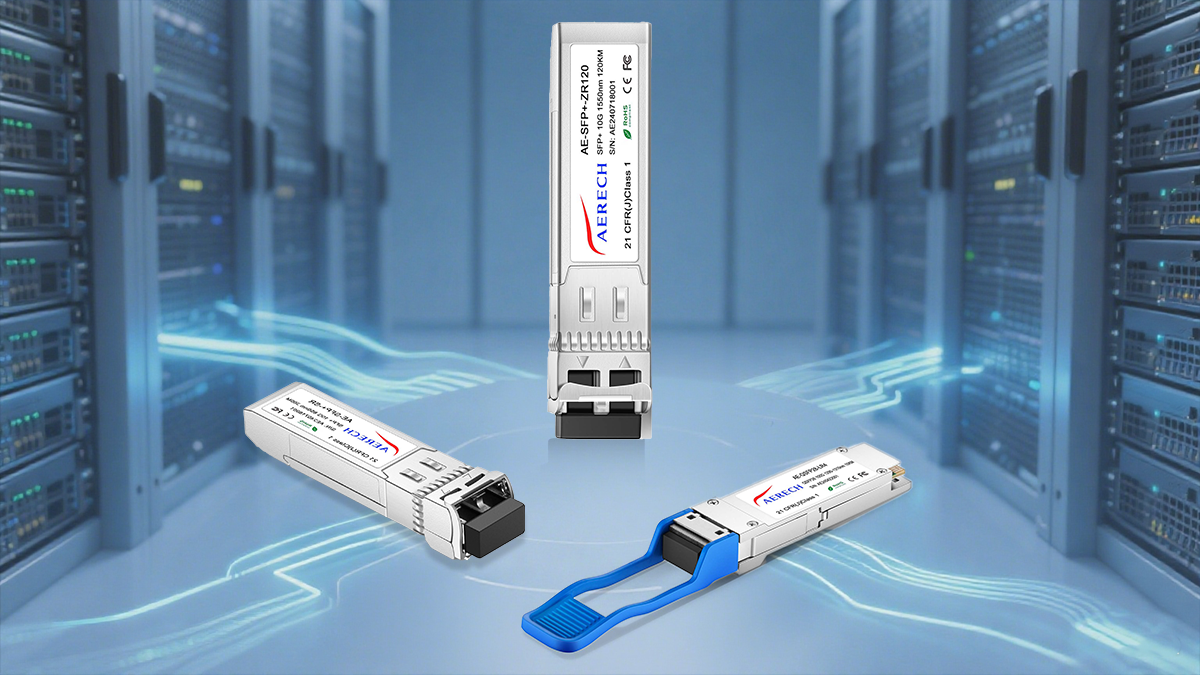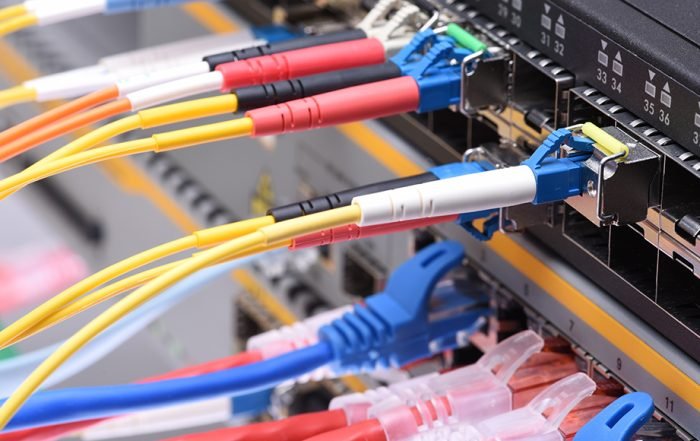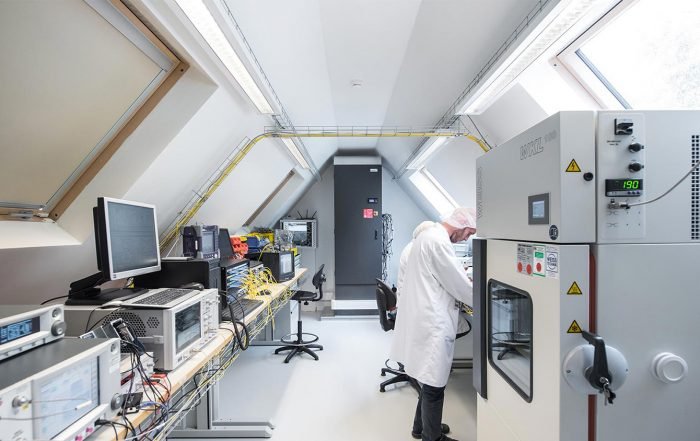Insights and Innovations in Optical Networking: Exploring the World of AERECH
Take you to know the latest developments in the industry and pay attention to new trends
Blog
Why Working with a Trusted Optical Transceiver Supplier Lowers Your Network Deployment Costs
Deploying or upgrading network infrastructure is expensive and complex. While many factors drive cost — fiber plant, interruttori, labor — the choice of optical modules (SFP, SFP+, SFP28, QSFP28, eccetera.) is one of the most impactful decisions you can make early on. Working with a trusted optical transceiver supplier reduces both one-time capital expenditures and ongoing operational costs. This article explains how and why, lists the cost-saving levers, and gives practical buying guidance for IT managers, data center operators, ISPs, and system integrators.Aerech Networks is a B2B supplier of compatible optical transceivers and DAC/AOC solutions focused on helping enterprises and…
Grado di temperatura del modulo ottico: Commerciale, Esteso, e industriale spiegato
Introduction When deploying fiber optic networks, one of the most overlooked yet critical factors is the optical module temperature grade. Whether you are selecting SFP transceivers, QSFP modules, or other optical components, the ability of your transceiver to withstand temperature fluctuations can determine the reliability, performance, and longevity of your entire system.In this article, we’ll break down the different temperature grades for optical modules — Commercial Grade, Extended Grade, and Industrial Grade. We’ll also cover their applications, benefits, and how to choose the right grade for your network environment. What Is Optical Module Temperature Grade? An optical module temperature grade…
Superare le sfide e i vantaggi delle soluzioni di moduli ottici 100G per le reti metropolitane
Explore the complexities of upgrading bandwidth to 100G in existing metro networks and learn how 100G optical module solutions address challenges like environmental conditions, transmission margins, and compatibility. Discover the strong adaptability, improved transmission performance, and compatibility assurance that these solutions offer.
Comprendere l'interconnessione dei data center (DCI): Infrastruttura chiave per la crescita globale del cloud
Explore the concept of Data Center Interconnect (DCI) and its crucial role in connecting data centers worldwide. Learn how Aerech’s DCI solutions stand out with high performance, low power consumption, and simplified connections, driving the growth of the global cloud ecosystem.
Come scegliere i ricetrasmettitori ottici giusti
Come scegliere i ricetrasmettitori ottici giusti? I moduli ottici sono gli accessori principali della comunicazione in fibra ottica. Al giorno d'oggi, ci sono varietà di moduli ottici sul mercato. Quali fattori dovremmo considerare quando acquistiamo moduli ottici? Come possiamo scegliere un modulo ottico adatto? Questo articolo ti aiuterà. Form Factor and Data Rate Form FactorSFPSFP+, XFPSFP28QSFP+QSFP28QSFP-DD, OSFPData Rate155M, 1.25G, 2.5G, 6G10G25G40G100G400G When selecting an optical module, l'apparecchiatura specificherà il fattore di forma e la velocità dati del modulo ottico supportato. Transmission distance The transmission distance of the optical module is divided into three types: Short DistanceMedium DistanceLong Distance≦ 2KM10KM-20KM≧ 30KM(40km, 80km,…
Processo di test del ricetrasmettitore ottico
Optical Transceiver Test Process After the optical module production, we will test it before shipment. Aerech has a complete testing process. Tutti i parametri devono soddisfare i requisiti per garantire che il modulo ottico non presenti problemi di qualità. Quanto segue è il processo di test del ricetrasmettitore ottico completo. Transmitted and Received Light Test The output optical power is an important parameter that can determine the transmission distance and quality of the optical module. Troppo alto o troppo basso non va bene. La sensibilità di ricezione influenzerà la sensibilità del modulo ottico per ricevere la luce. Generalmente, maggiore è la velocità dati del modulo ottico, the lower…
Scenari applicativi di ricetrasmettitori ottici
Con lo sviluppo del 5G, grandi dati, Internet delle cose, cloud computing e intelligenza artificiale, il traffico dati sta crescendo rapidamente, e la prospettiva del mercato della comunicazione ottica è brillante. La funzione del modulo ottico è la conversione fotoelettrica. I ricetrasmettitori ottici sono ampiamente utilizzati in vari settori. Aerech Networks utilizzerà questo articolo per presentarti gli scenari applicativi dei ricetrasmettitori ottici. Prima di introdurre gli scenari applicativi dei ricetrasmettitori ottici, lasciate che vi presenti i segmenti di mercato dei ricetrasmettitori ottici. The application of optical transceivers is mainly telecommunications and data centers. Data Centers A data center is a place to manage…
Differenze tra BiDi SFP e SFP
Cos'è il ricetrasmettitore ottico BiDi SFP BiDi SFP utilizza WDM (Multiplexing a divisione di lunghezza d'onda) Tecnologia di trasmissione bidirezionale per inviare e ricevere diverse lunghezze d'onda centrali in due direzioni, e realizzare la trasmissione dati bidirezionale simultanea su una fibra ottica. Il BiDi SFP ha solo un'interfaccia LC, che trasmette e riceve segnali ottici su una fibra ottica attraverso un accoppiatore bidirezionale integrato. Perciò, utilizziamo moduli ottici BiDi SFP a fibra singola in coppia. Nota: La descrizione include bidirezionale, BiDi, singola fibra, single core, WDM, BX-U, BX-D, eccetera. si riferisce ai ricetrasmettitori ottici BiDi SFP. How Does BiDi SFP Optical Transceiver Work The main difference between the…








